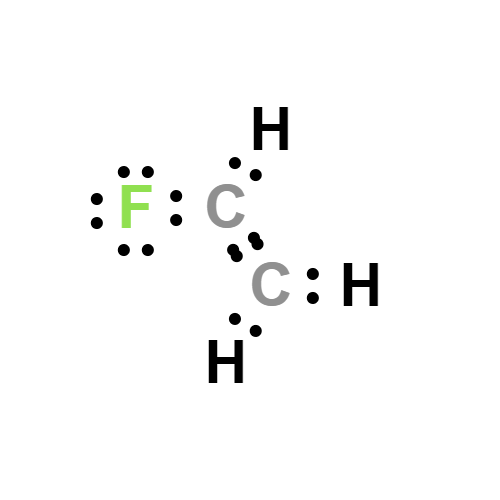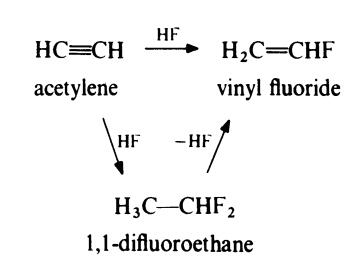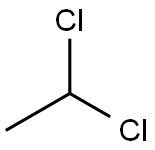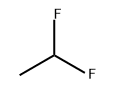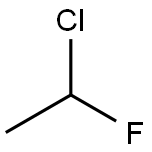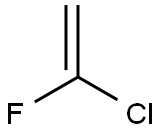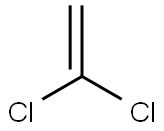
VINYL FLUORIDE
- Product NameVINYL FLUORIDE
- CAS75-02-5
- CBNumberCB0419082
-
MFC2H3F
Lewis structure
- MW46.04
- EINECS200-832-6
- MDL NumberMFCD00042113
- MOL File75-02-5.mol
Chemical Properties
| Melting point | -160,5°C |
| Boiling point | -72°C |
| Density | 0,615 g/cm3 |
| refractive index | 1.34 |
| CAS DataBase Reference | 75-02-5(CAS DataBase Reference) |
| Indirect Additives used in Food Contact Substances | VINYL FLUORIDE |
| EWG's Food Scores | 3 |
| FDA UNII | 2598465ICX |
| Proposition 65 List | Vinyl Fluoride |
| IARC | 2A (Vol. Sup 7, 63, 97) 2008 |
| EPA Substance Registry System | Vinyl fluoride (75-02-5) |
Safety
| Symbol(GHS) |
 
|
|||||||||
| Signal word | Warning | |||||||||
| Hazard statements | H221-H315-H319-H335 | |||||||||
| Precautionary statements | P280-P210 | |||||||||
| Hazard Codes | F | |||||||||
| Risk Statements | 12-40 | |||||||||
| Safety Statements | 9-16-23-36/37/39 | |||||||||
| RIDADR | 1860 | |||||||||
| OEB | D | |||||||||
| OEL | TWA: 1 ppm, Ceiling: 5 ppm [use 1910.1017] | |||||||||
| Hazard Note | Flammable | |||||||||
| HazardClass | 2.1 | |||||||||
| HS Code | 2903290000 | |||||||||
| Hazardous Substances Data | 75-02-5(Hazardous Substances Data) | |||||||||
| NFPA 704: |
|
